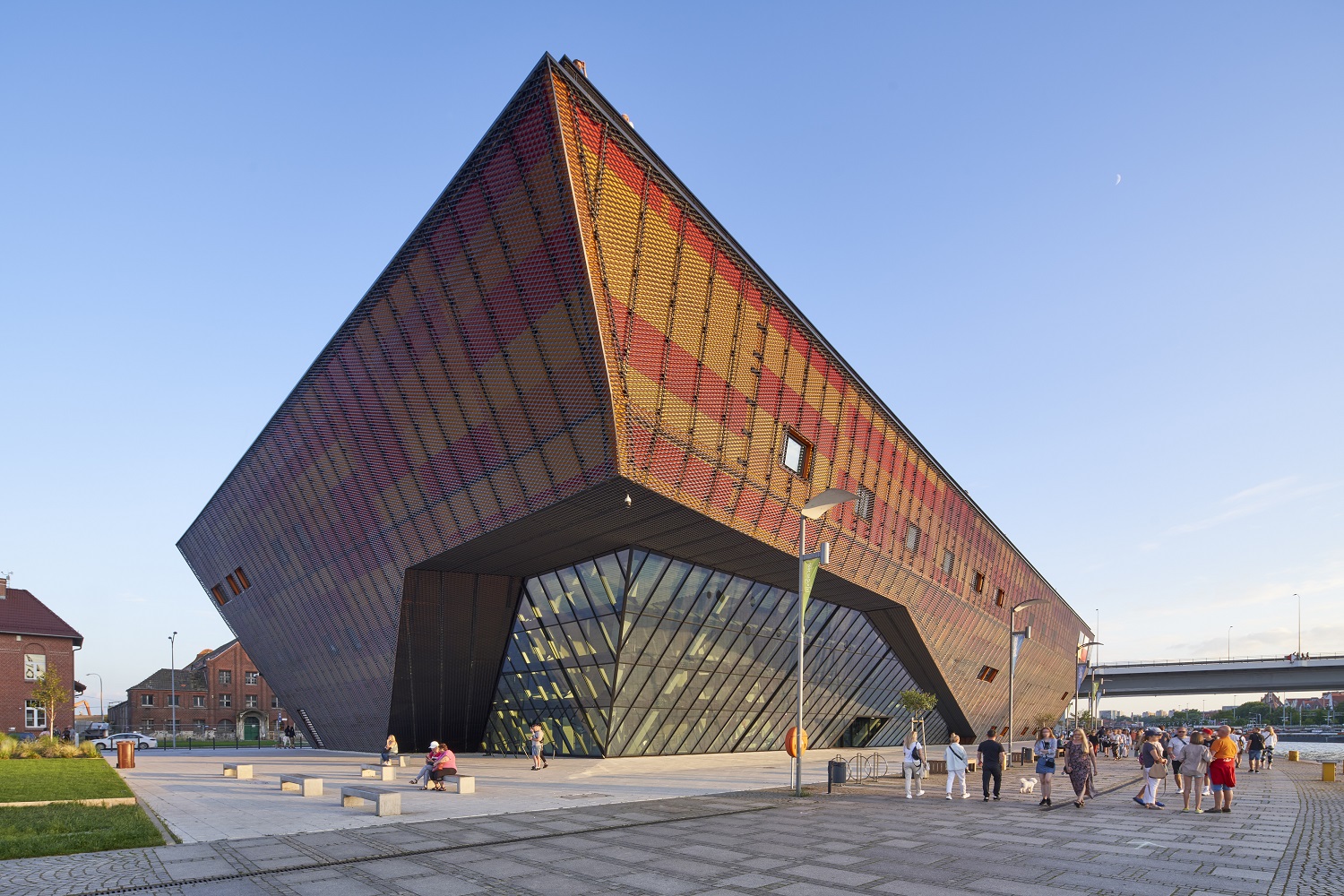Print your house. What is 3D architecture?
A 180-metre high river dam, a barracks, or a housing development made with a 3D printer? It's not a science fiction film – it's already happening! The application of 3D printing is on the rise not only in 3D modelling, but also in the creation of full-scale building structures.
Can 3D printing become the future of construction, and why?
It takes about 3-5 months to build a house using traditional technology and to bring it to a finished condition. It can be assembled from prefabricated components a little quicker - in a few weeks. Printing takes just a few days! That is how long it took in Italy to print the first eco-house from clay using the TECLA technology.
With 3D printing, you save not only time, but also labour. Instead of a construction team of a dozen people, one or two people supervising the project is enough. This reduces project costs significantly.
The third and probably the most important argument at the moment is the huge savings in materials.
– 3D printing allows you to calculate very precisely how much material you will need. Consequently, there is much less waste and construction costs are much lower – says Tomáš Buček, Project Manager of Aluprof System Czech s.r.o. – 3D printing allows fast, cost-effective and eco-friendly construction with fewer errors. We already have almost 8 billion people in the world. According to the Worldometer platform’s indicators, there will be 9 billion of us in 2037. Being able to provide people with shelter quickly and cheaply is an idea that cannot be underestimated, the expert adds.

Prof. Jerzy Stelmach Maritime Science Centre, Szczecin, Poland. Systems used: MB-SR50N, MB-SR50N HI+, MB-86SI, MB-78EI
The largest 3D objects in the world – some examples
The construction of multi-storey or large-scale buildings is already possible. Polymers, clay, and metal elements (here, the main hope of 3D architecture is ecological aluminium) are used.
A technological building in Germany
Currently, the tallest building in Europe created with 3D printers is the Wavehouse data centre in Heidelberg, Germany. The building is 54 m wide, 11 m long and 9 m high. Around 450 tonnes of printed concrete, which is 100% recyclable, was used to print this building. Printing of the building alone took around 140 hours.
A barracks in the USA
These are plans for now, but they are quite realistic. Three 3D printed buildings are to be erected at Fort Bliss, Texas, which together will create the world's first printed barracks, and will also be the largest printed facility in the Western Hemisphere. Each building is to have 530 square metres. Not the whole building will be printed, but its structural part, which will later have to be finished in the traditional manner.
A 180-metre dam on Huang He
A very ambitious 3D printing building project is coming up in China, where a 180-metre-high hydroelectric dam will be built on the Yellow River. This is not the first of its kind, as a 500-metre retention wall already exists in China. What is remarkable is that the new dam is to be built entirely without workers! It is to be supervised by robots equipped with an artificial intelligence module.

Metallurgy Museum, Chorzów, Poland. Systems used: MB-45, MB-70HI, MB-78EI, MB-SR50N, MB-SR50N EFEKT, MB-SR50N EI
Aluminium in 3D printing
Although most people associate 3D printing with flexible materials such as nylon, ABS or PET G, it is also possible to use other materials, including metals. This is where aluminium definitely leads the way, as it is light, strong, has excellent thermal properties, and can be used for 3D printing in many ways! Today, 3D printers using aluminium are used in the biomedical, aerospace and automotive industries. In future, they will also be used in architecture.
– The challenge, of course, is size. It is of considerable importance in the construction industry, but we are already able to 3D print entire objects, including houses or buildings, so the possibility of economically printing large-scale components from aluminium is not so far away. At Aluprof , we have already provided the SketchUp base with models of our products, so they can be freely used in 3D modelling – explains Tomáš Buček.
